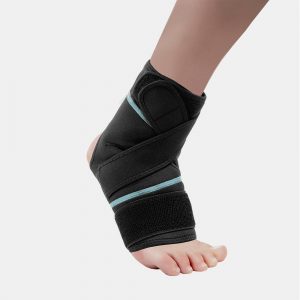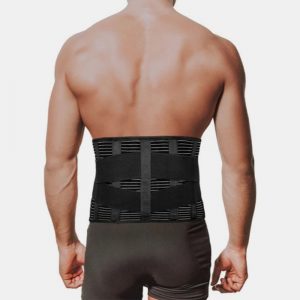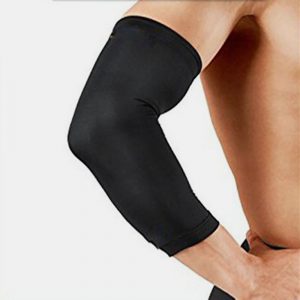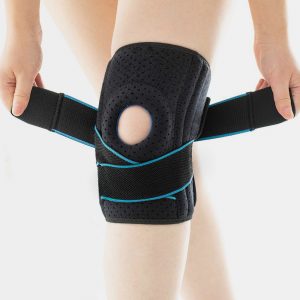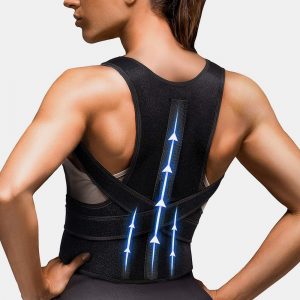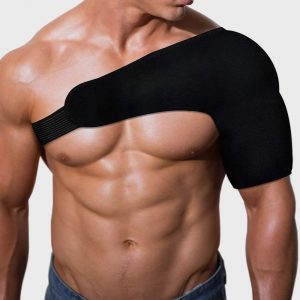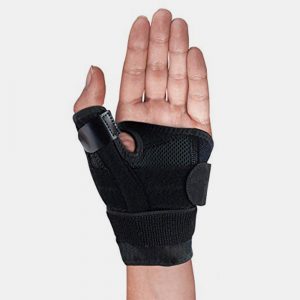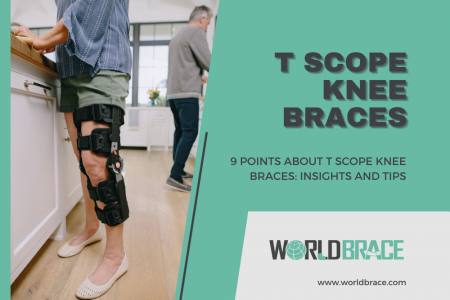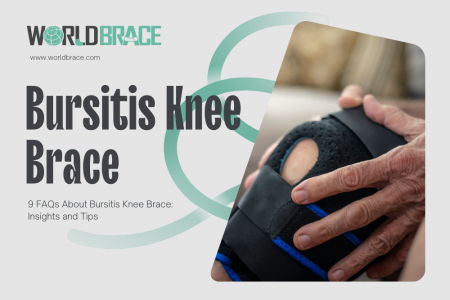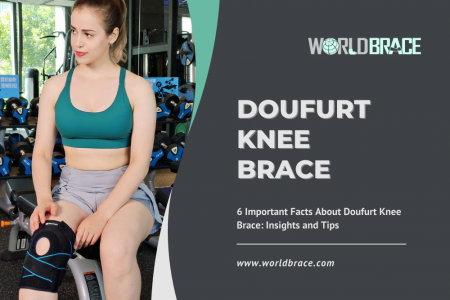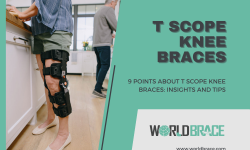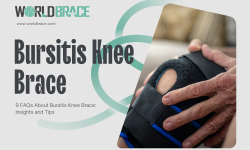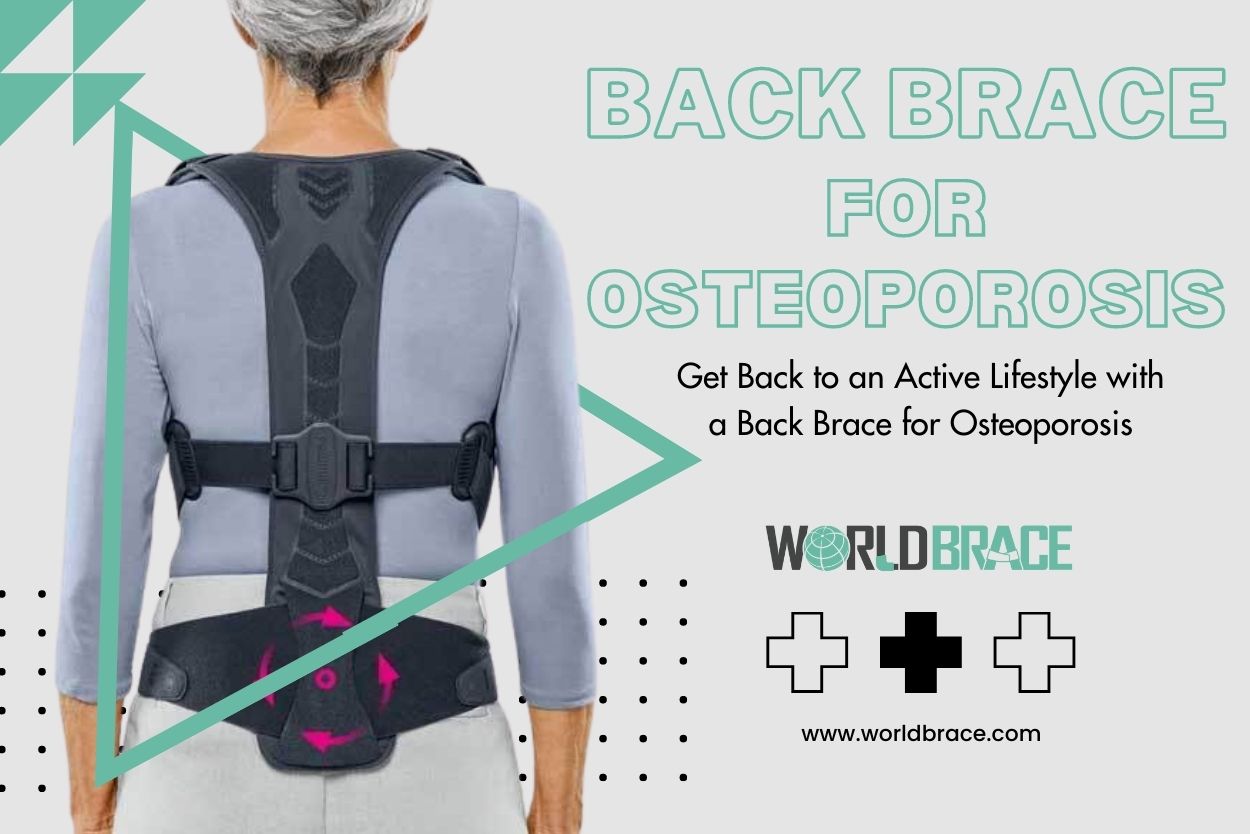
Understanding Osteoporosis and its Impact on an Active Lifestyle
Osteoporosis is characterized by the progressive loss of bone density, making bones weak and prone to fractures. It primarily affects older adults, particularly women after menopause, but it can also occur in younger individuals due to certain medical conditions or lifestyle factors. This silent disease often goes unnoticed until a fracture occurs, highlighting the importance of understanding its implications.
Osteoporosis significantly impacts bone health, leading to an increased risk of fractures. Bones become fragile and brittle, challenging simple activities like walking or lifting objects. This loss of bone strength can result in severe pain, reduced mobility, and prolonged recovery times. As a result, individuals with osteoporosis often find their physical activity limited and their overall quality of life diminished.
Addressing osteoporosis is crucial for maintaining an active lifestyle. By taking proactive measures, such as regular bone density screenings, adopting a bone-healthy diet, and incorporating weight-bearing exercises, individuals can strengthen their bones and reduce the risk of fractures. Additionally, healthcare professionals may recommend using back braces designed explicitly for osteoporosis, which provide support and stability to the spine, allowing individuals to engage in physical activities with reduced discomfort and lower the chances of fractures.
Choosing the Right Back Brace for Osteoporosis Support
Selecting the right back brace is crucial when managing osteoporosis and maintaining an active lifestyle. Here are some key points to consider when choosing a back brace for osteoporosis support:
- Consultation with a Healthcare Professional: Before purchasing a back brace, it is advisable to consult with a healthcare professional who can assess your specific needs and provide recommendations tailored to your condition.
- Level of Support: Different back braces offer varying levels of support. For individuals with osteoporosis, choosing a brace that provides adequate support to the spine and surrounding areas without compromising comfort is essential.
- Fit and Comfort: The back brace should fit snugly but comfortably around the torso. Look for adjustable straps or closures that allow for a customized fit. Ensuring the brace does not restrict movement or cause discomfort during daily activities is essential.
- Material and Breathability: Consider the material of the back brace, as it should be breathable and skin-friendly. Look for braces made from lightweight, moisture-wicking fabrics that allow air circulation to prevent heat and sweat build-up.
- Ease of Use: Opt for a back brace that is easy to put on and take off, especially if you plan to wear it regularly. Adjustable fasteners or hook-and-loop closures can make the brace more convenient to use and adjust as needed.
- Quality and Durability: Choose a back brace from a reputable manufacturer known for producing high-quality products. A durable brace will ensure long-term support and withstand regular use.
How a Back Brace Supports Bone Health and Reduces Fracture Risks
A back brace is crucial in supporting bone health and reducing fracture risks for individuals with osteoporosis. This specialized device provides stability and support to weakened vertebrae, helping to alleviate strain on the spine and minimize the risk of fractures.
By immobilizing the spine, a back brace assists in maintaining proper alignment and reducing excessive movements that could further weaken the bones. It acts as an external support system, distributing the load across the spine and relieving pressure on vulnerable areas. This helps to prevent vertebral compression fractures, a common concern for individuals with osteoporosis.
Moreover, a back brace for osteoporosis can enhance posture and spinal alignment. By promoting correct posture, the brace reduces the likelihood of stooping or slouching, which can put additional stress on weakened bones. Improved alignment helps maintain the spine’s integrity and decreases the risk of fractures during daily activities.
In addition to providing structural support, a back brace can also serve as a reminder to engage in safe movement practices. It encourages individuals to adopt movements and body mechanics that minimize strain on the spine and reduce the risk of falls. By promoting proper body mechanics, the brace assists in preventing fractures caused by sudden or excessive movements.
Incorporating Exercise and Physical Activity with a Back Brace
Exercise is crucial in maintaining bone density, strength, and overall health, especially for individuals with osteoporosis. With the support of a back brace, it is possible to engage in various exercises and physical activities safely and effectively.
When wearing a back brace, choosing exercises that promote bone health while minimizing the risk of injury is essential. Low-impact activities like walking, swimming, and cycling are excellent choices as they stress the joints and bones less. These exercises help improve cardiovascular fitness, muscle strength, and flexibility without placing excessive strain on the spine.
Strength training exercises also play a vital role in managing osteoporosis. With the guidance of a healthcare professional or a certified trainer, individuals can incorporate exercises that target the major muscle groups, including the back, hips, and legs. The back brace provides additional support during these exercises, reducing the risk of fractures and injuries.
It is essential to listen to your body and modify exercises as needed. Start slowly and gradually increase the intensity and duration of your workouts. Maintaining proper form and posture during activities is crucial, and the back brace can help you maintain correct alignment and stability.
Remember to consult your healthcare provider before starting any new exercise regimen, especially if you have osteoporosis. They can provide personalized recommendations and ensure your chosen exercises are safe and appropriate for your condition.
Incorporating exercise and physical activity with a back brace allows individuals with osteoporosis to manage their condition and improve their overall well-being proactively. By embracing a regular exercise routine and utilizing the support of a back brace, individuals can strengthen their bones, enhance their balance and coordination, and ultimately lead a more active and fulfilling life.
Conclusion:
In conclusion, a back brace for osteoporosis provides the necessary support and stability to help individuals return to an active lifestyle. By understanding the impact of osteoporosis, choosing the right brace, utilizing exercise, and hearing inspiring stories, individuals can regain their mobility, reduce fracture risks, and improve overall well-being. With a back brace and practice, it is possible to embrace physical activity, strengthen bones, and enjoy an active lifestyle. Take the first step towards reclaiming a busy life with the support of a back brace for osteoporosis.
Looking for a trusted manufacturer and supplier of back braces for osteoporosis in China? Worldbrace offers wholesale options for high-quality products.

